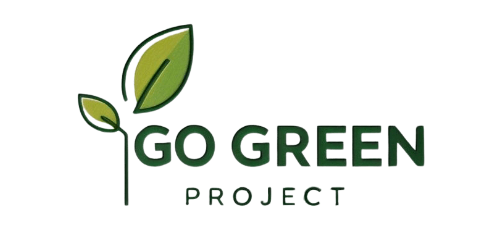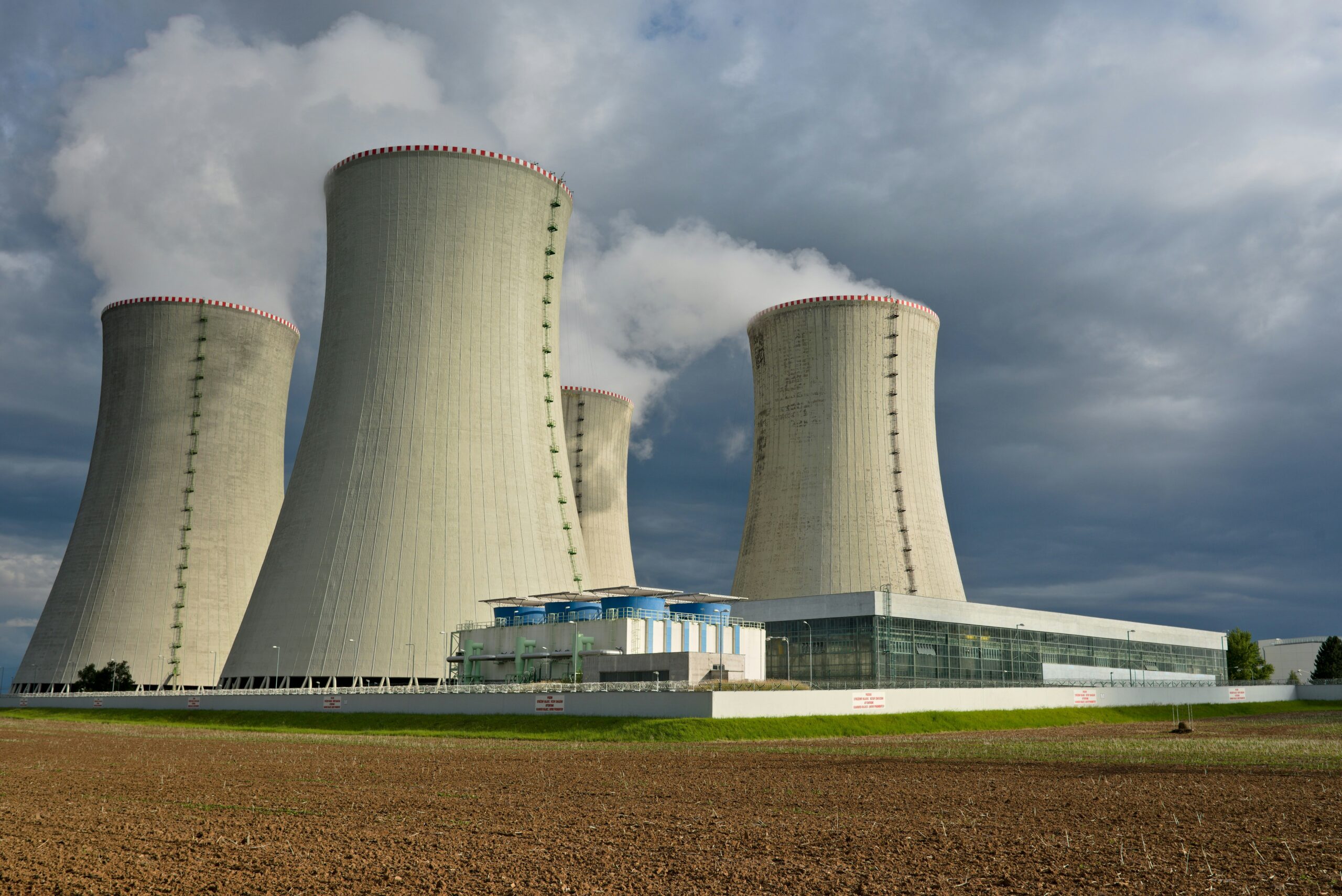Nuclear energy is making a comeback in Australia’s political conversations. It’s being pitched by some as the “sensible, clean” alternative to coal and gas, especially by those who’ve spent the last two decades blocking renewable energy.
But is nuclear really the climate solution Australia needs? Or is it just another delay tactic in disguise?
Let’s break it down.
What is nuclear energy and why are people talking about it?
Nuclear power generates electricity by splitting atoms, usually uranium. It produces very low carbon emissions and can provide a steady energy supply (known as “baseload” power). That’s why some people argue it’s a good replacement for fossil fuels.
So, why is nuclear suddenly back on the table in Australia? Mostly because some political leaders, like Peter Dutton, are pushing it as an alternative to rapid renewable rollout. It’s also being used to argue against the closure of coal and gas plants, under the guise of keeping energy “reliable.”
TL;DR: Nuclear is being sold as a clean energy fix but the debate is far more complex than that.
The case for nuclear energy in Australia
Supporters of nuclear energy argue:
- It produces zero emissions at the point of generation
- It can run 24/7, unlike solar or wind
- Countries like France and Canada have used it safely for decades
- It could reduce our reliance on coal and gas
They’ll often mention small modular reactors (SMRs), a newer generation of nuclear tech that’s supposedly safer, cheaper, and easier to deploy.
But do small modular reactors actually exist yet? Not really. Most are still in prototype or testing phases. None are operating commercially in Australia, and very few exist globally.
TL;DR: Nuclear does offer steady, low-emissions power but the devil’s in the (costly, complex, and often hypothetical) details.
The case against nuclear energy in Australia
Here’s where things get real. While nuclear might work in some countries, Australia faces some big barriers.
1. It’s really expensive
Building a nuclear plant costs billions. Just look at the Hinkley Point C project in the UK, blown-out budgets, long delays, and rising costs. In contrast, solar and wind are now the cheapest sources of new power in Australia, according to the CSIRO.
How much would nuclear cost here? Estimates vary, but even the most optimistic projections run into tens of billions. And guess who’d likely foot the bill? Taxpayers.
2. It’s really slow
We’re in a climate emergency. Nuclear plants take 10–15 years to plan, build, and approve. That’s assuming no delays, which, let’s be honest, never happens.
Can’t we just build faster? Unlikely. Even if we legalised nuclear tomorrow, there’s no supply chain, no workforce, and no local experience to fast-track it.
3. We don’t have the infrastructure or laws
Nuclear energy is currently banned at both state and federal levels in Australia. We’d have to:
- Repeal legislation
- Create a nuclear regulatory body
- Build supply chains and workforce pipelines
- Find a location to store high-level radioactive waste for thousands of years
Where would we put the nuclear waste? No one knows. And no one wants it in their backyard. That’s one of the biggest unresolved problems worldwide.
4. Renewables are faster, cheaper, and already working
Australia has some of the world’s best wind and solar resources. Projects can be rolled out in months, not decades. Battery tech is improving rapidly. And pumped hydro is ready to scale.
Can renewables really power the whole country? Yes, with a mix of wind, solar, storage, grid upgrades, and smarter energy management. Multiple studies, including by the Australian Energy Market Operator (AEMO), confirm it’s doable.
TL;DR: Nuclear energy is too slow, too costly, and too complicated for a country that already has better options.
Who’s actually pushing nuclear in Australia?
Mostly, it’s politicians and media outlets who’ve historically downplayed climate change and blocked renewable progress. Nuclear is often used as a political wedge, not because it’s a serious climate solution, but because it distracts from the urgent transition we need right now.
Is nuclear support really about climate action? In most cases, no. If it were, you’d see the same people pushing hard for wind, solar, and storage. But instead, it’s often framed as “let’s talk nuclear” while quietly approving more coal and gas projects.
TL;DR: Nuclear is more about political games than real solutions. Watch what they do, not just what they say.
What should Australia focus on instead?
If we want to tackle the climate crisis quickly and affordably, here’s what works:
- Scale up solar and wind which is already the cheapest sources of power.
- Build battery and pumped hydro storage. This keeps power flowing when the sun isn’t shining or the wind isn’t blowing.
- Electrify everything! Homes, transport, industry.
- Upgrade the grid so renewable power can reach more people.
- Support workers with a transition from fossil fuel jobs to clean energy careers.
Is this enough to meet our climate goals? Yes, if we start now and scale fast. The technology exists. The economics stack up. What’s missing is leadership.
TL;DR: We already have the tools to solve this. We just need to get on with it.
So…is nuclear a viable solution for Australia?
Technically? Sure. Practically? Not really.
It’s expensive. It’s slow. It’s politically divisive. And it’s not needed in a country overflowing with renewable energy potential.
Could nuclear ever play a role? Maybe, decades from now, as part of a backup system if costs fall and if it becomes easier to deploy. But right now, betting on nuclear is like buying a yacht to cross the street when you’ve already got a perfectly good bike.
TL;DR: Nuclear is a maybe, someday. Renewables are a yes, right now.
If someone tells you nuclear is the solution to Australia’s climate crisis, ask them what they’re doing to support the solutions that already exist. If they can’t answer that, it’s not really about climate, it’s about keeping fossil fuels alive for a little longer.

